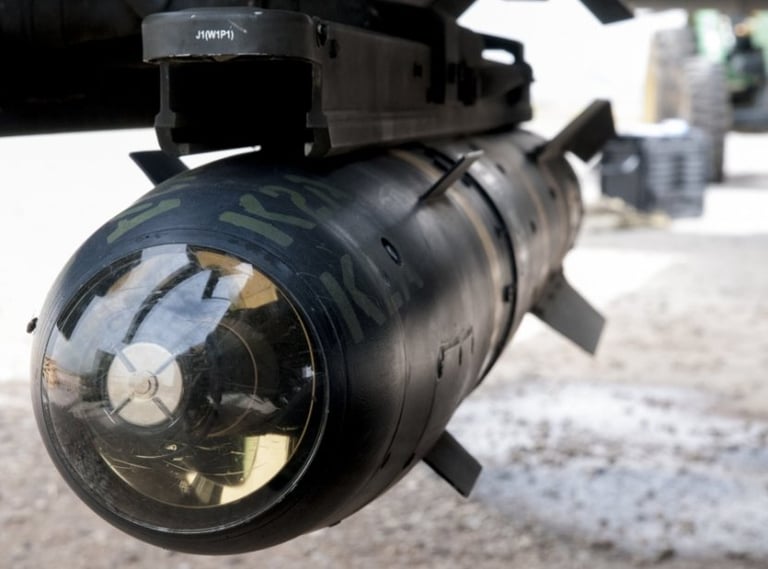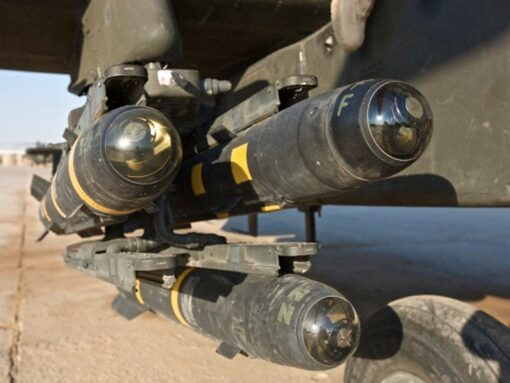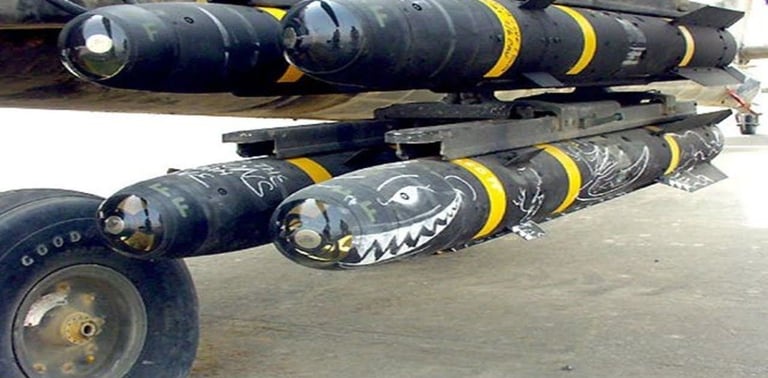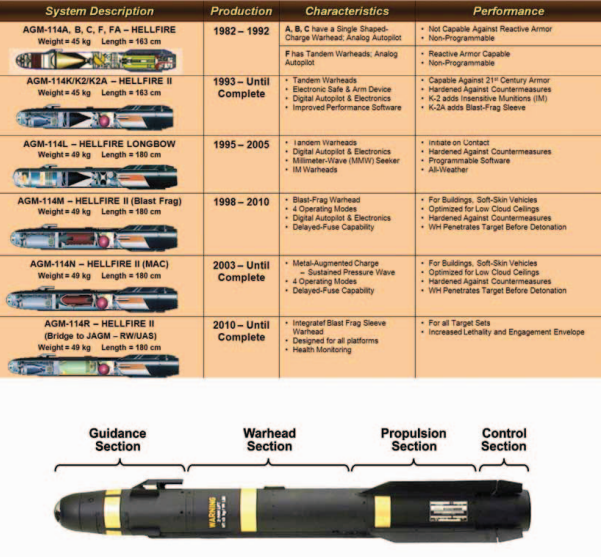AGM-114 Hellfire
Fact for 27/6/2021
FACTS
The AGM-114 Hellfire is a short-range tactical missile in use by over two dozen countries. It is mostly used for land-attack missions and has seen widespread employment in the Global War on Terror. The Hellfire is predominately air-launched, although it has also seen limited deployment on sea platforms.
Originated From: United States
Possessed By: Australia, Bahrain, Croatia, Egypt, France, Greece, India, Indonesia, Iraq, Israel, Italy, Jordan, Kuwait, Lebanon, Norway, Pakistan, Qatar, South Korea, Saudi Arabia, Singapore, Spain, Sweden, Taiwan, Tunisia, Turkey, United Arab Emirates, United Kingdom, United States
Class: Air-to-surface missile (ASM)


Development


The United States began developing the AGM-114 Hellfire in 1972 to address the Army’s requirement for a helicopter-launched, antitank missile to counter Soviet armor formations at standoff range. Soviet armor outnumbered that of NATO and posed a central threat in a potential invasion of Europe. Acknowledging this issue, the Marine Corps established a similar requirement and joined the Hellfire development program in 1978.
Operational testing for the Hellfire ran between 1978-1981, and production began in 1982.The AGM-114A variant achieved initial operating capability with the U.S. Army in 1985, and entered service in April 1986
The missile was originally designated HELFIRE, or “HELiborne, Laser, FIRE and Forget Missile.” The U.S. Army later adopted the colloquial “Hellfire” as the official name.
The Hellfire mission set has expanded significantly since its inception. Today the missile is used to target bunkers, radars, communications equipment, small buildings, fast-attack craft, and slow-moving or hovering helicopters. Hellfire capabilities have improved over decades of development, to tackle this wider range of targets, as well as to address countermeasures and obscurants and improve general mission efficacy.
Specifications
AGM-114 missiles measure between 1.63-1.75 m in length, 0.178 m in diameter, and weigh 45-48.5 kg. They have a range of 7-11 km while carrying a payload of 8-11 kg. The missile flies at subsonic speeds to a maximum of Mach 1.3 (450 m/s)


it Features tandem warhead for use against reactive armor. new digital autopilot , millimeter-wave radar guidance instead of a semi-active laser, providing fire-and-forget capability and the ability to operate in poor weather conditions , blast fragmentation warhead to target small vessels, including rigid inflatable boats, lightly armored vehicles, and other soft targets, Fitted with a thermobaric warhead to target infrastructure like bunkers and bridges, radar, and communications installation, these features depend on the varient of the AGM


Source - missilethreat.csis.org
